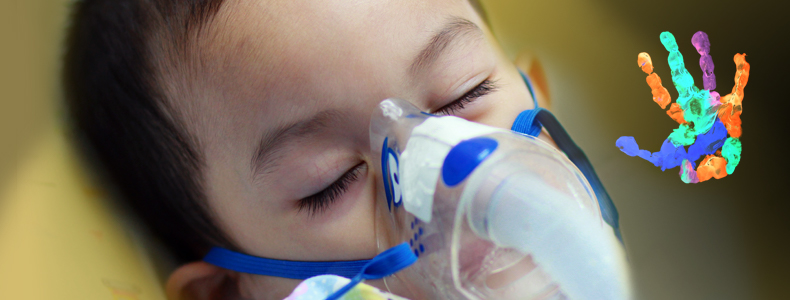As a parent or a child’s caregiver, children’s safety is your number one priority. When it comes to taking precautions like safely crossing the street, buckling up in the car or car seat, and keeping an eye on them in public places, you probably know the best ways to keep your kids safe.
Another precaution you need to consider is keeping them away from harmful substances that could possibly poison them, many of which are in your own home.
According to the American Association of Poison Control Centers (AAPCC), more than 90 percent of poisonings occur in the home.1 So what can you do to help keep your children safe from accidental poisonings?
Here are five tips from the AAPCC to consider:2
-
Look for potentially harmful substances in each room of your house and store them safely. Look in the kitchen, bathroom, bedroom, family room, laundry room, and garage for things like cosmetics, medicines, vitamins, cleaners, alcoholic beverages, batteries, and matches. (For a longer list of harmful substances, read the AAPCC Home Safe Home publication.)
-
When storing harmful substances or products, remember “up and away” to keep them out of children’s hands.2 You should also remember that what may be safely stored away from an infant may not be safe from a toddler or young child who can stand, reach, climb, or figure out other ways to find harmful things, so store substances accordingly. Using child safety locks on cabinets may also be beneficial in your efforts to prevent your child from being poisoned or injuring themselves.3
Be sure to read all warning labels and product labels before each use of children’s medicines, vitamins, lotions, ointments, sunscreen, etc. Use them only as directed.4
-
Make sure young children have adult supervision when using hand sanitizer.
-
Never mix cleaning products together. Specifically, be mindful to never mix bleach with ammonia or any other cleaner. Keep your child away from fumes from any cleaning products you do use. Open windows and doors to let fresh air flow through the room when you are cleaning. This will keep not only your child but also you safe.5
Discuss each of these guidelines with your children so everyone is on the same page and aware of the safety plan.
If you want to learn more about helping to keep your children safe from an accidental poisoning, contact their pediatrician or visit the American Association of Poison Control Centers’ website at aapcc.org.
If you suspect a child has come into contact with a potentially dangerous substance, contact your local poison control center at 1-800-222-1222. Keep this number handy in case of emergency.
To learn more about symptoms of poisoning and how you may be able to treat some accidental poisonings at home, visit Stanford Children’s Health’s resource “First Aid for Poisonings in a Child”.6
- https://piper.filecamp.com/s/SzMxtSM8m6Z73zQt/fi
- https://www.aapcc.org/prevention
- https://www.cpsc.gov/safety-education/safety-guides/kids-and-babies/childproofing-your-home-12-safety-devices-protect
- https://www.cdc.gov/patientsafety/features/safe-medicine-children
- https://www.cdc.gov/healthywater/emergency/hygiene-handwashing-diapering/household-cleaning-sanitizing
- https://www.aapcc.org/prevention
Categories: Child Safety Ages 4-11, Infant/Toddler Safety
